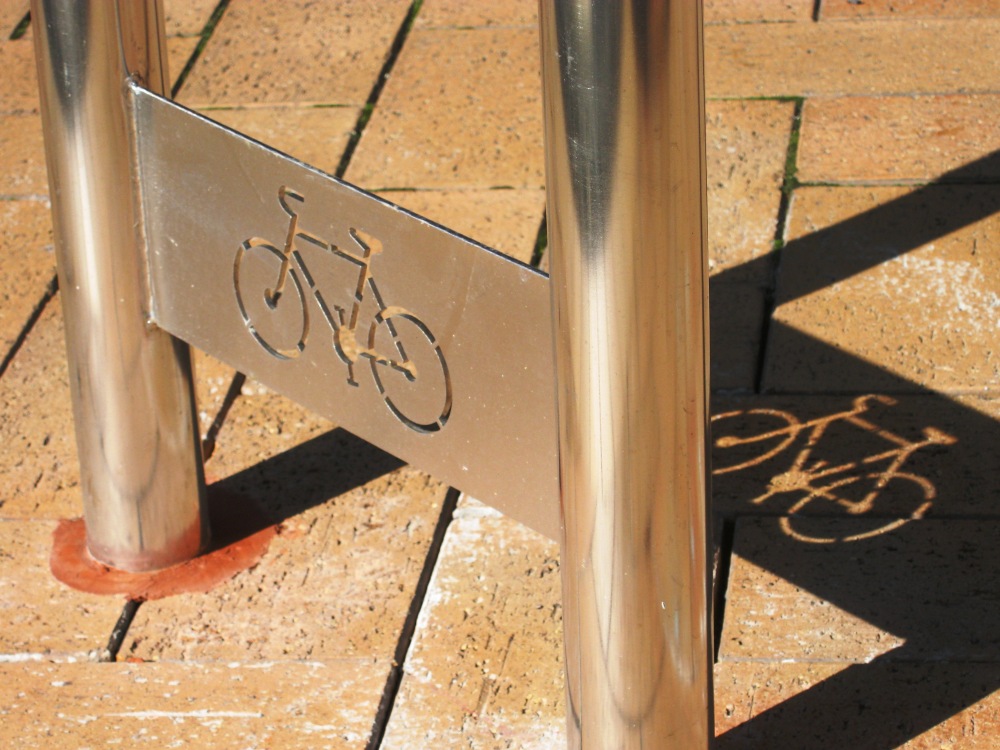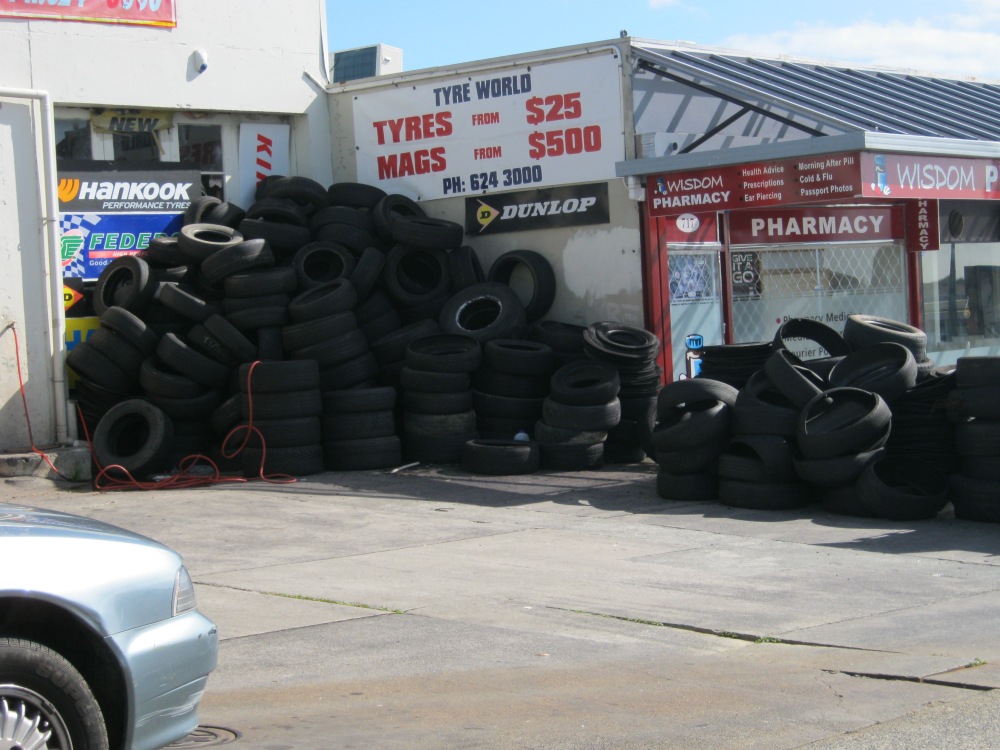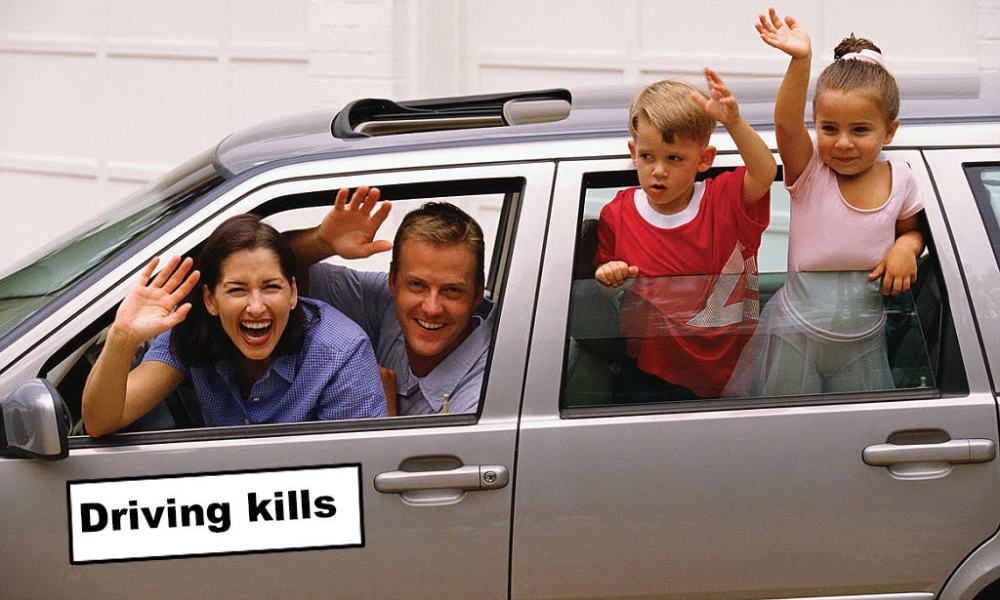
Everything looks pretty normal to me.
Well that was interesting. My camera has just had a really good workout. In Auckland, it’s pretty well under-utilised when it comes to photographing bicycles. I typically have to resort to bribing the #ninjaprincess to present an image of what a #wheeledpedestrian could look like. So, it was a real thrill to be photographing bicycles that were being ridden. Being ridden slowly. Being ridden by young and old. Boys and girls. Bicycles that had mud guards and chain guards. Shopping in baskets, children in baskets. No lycra, no helmets. Just ordinary people moving ordinarily. Capturing images of #wheeledpedestrian cycling in Japan was as easy as the proverbial ‘shooting fish in a barrel’.
We are told that separated cycle paths are essential to get people out riding bikes and until this infrastructure thing is sorted, a cyclised city will remain a pipe dream. Or it’s sometimes presented as a chicken versus egg conundrum. No infrastructure means no cyclists. No cyclists means no infrastructure. I am not entirely happy with this way of looking at the problem and the solutions that are proposed as a consequence of this interpretation.
If it’s the absence of the separated cycle paths that stop people cycling, why do people ride bicycles in Japan? Why is Japan different? And is there anything we could learn from Japan?
Let it be said that Japan is no Netherlands when it comes to catering for people on bicycles. Even though there are plenty of people on bicycles, cars still dominate. Motorists possess the typical arrogance of space. They drive too fast. Just like in any other city in the world. But for a country with such a high population density, it seemed relatively free of traffic congestion. That can probably be explained by the the fact that Japan has a phenomenal transport network. It’s all about moving people. Lots of people. Quickly, conveniently.
Commuters are provided with a range of excellent transport options. And typically, the car is not the first or best choice. For many, the local train station is a short walk or bicycle ride away. Park n Ride. There are plenty of shops handy; distances that are highly achievable on a comfortable bike with capacity to carry stuff. Density done well, anyone?
In Japan, people on bicycles tend to mix with pedestrians but they also ride on the roads, next to cars. Footpaths are sometimes widened to ‘accommodate’ both. This seems to work fine because of the slow speeds at which the people on bikes travel. Long haul commuters and fast moving cyclists that tend to be the norm in less developed cycling cultures, are conspicuous by their absence. The few faster ones that I saw were forced to default to that dreaded vehicular style of cycling that has limited appeal.
Streets are typically narrow and speeds are typically slower. Though in some cases, it still felt too fast for me. But I watched high school students in these situations and they did not appear to be overly concerned. My favourite sight was children’s bicycles parked outside a private piano school. Mothers confident enough to let their children move about on bicycles independently? Long may it last.
However, the biggest contributing factor to the existence of people on bicycles in Japan has to be the total absence of on-road parking. Cars are parked everywhere. Above ground, below ground, on every available space. But not on the road. Zero tolerance. Cars will get towed. I didn’t see that happen so it would suggest that this law is taken seriously. This absence of cars parked on the road made me realise two things – not only do cars take up so much space when they are stored on the road, they also take away something – visibility and hence, safety. So I guess if transport authorities in Japan did decide to provide specific infrastructure for cycling, the space is already there. Getting parked cars off the street; freeing up that space, has to be the biggest barrier to cyclising our cities.
What I am trying to argue here is just a repetition of what I have been trying to convey throughout this blog. There is a whole swathe of the population that is currently being ignored. There is #wheeledpedestrian cycling waiting to be done right now. No special equipment or preparation needed. A young adult I spoke to in Japan said she received no special training to learn to ride a bicycle when she was at school. We aren’t quite there yet, but please, let’s not overcomplicate it. Normal is good. Let’s redefine cycling. Broaden its appeal. Treat it like a transport tool, not a sports tool. Our cities don’t need more cyclists, they need more people doing short utility trips on bikes. Make it look more appealing to a wider audience. Let’s call that ‘promotion’.
Even without specific cycling infrastructure, people in Japan ride bikes. And being that I am into redefining, can we also broaden the definition of separated cycle paths? I think turning residential roads from ‘rat runs’ into a slow speed zones, for residents and bicycles only, would fulfill the role of separation. This needs to be given priority. That’s an inclusive goal; in that it would benefit all residents, and especially children. Instead, our streets are a place to be feared, it would seem. Watching or hearing cars zoom up and down your street has to be a compelling reason why people choose to drive rather than ride. “It just doesn’t feel safe”.
What I am trying to address here is that, getting people out of cars and onto bicycles requires cycling infrastructure that supports and induces demand but also policies and actions that make driving a car less desirable or achievable.
‘Cycling’ is sport and recreation. ‘Riding a bicycle’ is everyday activity. No sweat.
Get involved via: Twitter, Facebook,









